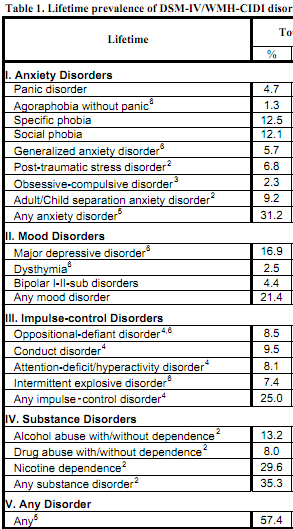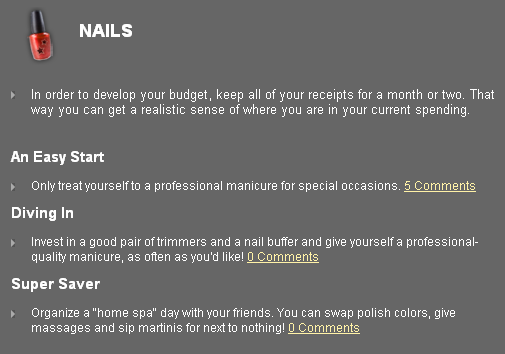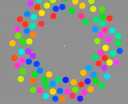Think-and-Feel: The Fourth Level of Innovation
Sunday, May 29th, 2011Experience is a four layer cake. For example, experience with products and services is shaped by the interaction we have with them and how:
 useful they are (meet core needs)
useful they are (meet core needs)- easy they are to use (usability)
- they delight the senses (sensory design)
- well they authentically move hearts and extend minds (cognitive design)
We use cognitive design to shape the fourth layer of the experience by creating interactions with a specific think-and-feel. Market leading firms in every industry seek to differentiate their offerings with a think-and-feel and therefore compete through fourth level innovation.
 Take for example, drive-thru service in quick serve restaurants. Billions of dollars of food is served from the drive-thru windows at McDonalds, Taco Bell, Wendy’s and other fast-food or quick serve restaurants every year. Indeed, more money is made from drive-thru than the dinning room in the quick serve business.
Take for example, drive-thru service in quick serve restaurants. Billions of dollars of food is served from the drive-thru windows at McDonalds, Taco Bell, Wendy’s and other fast-food or quick serve restaurants every year. Indeed, more money is made from drive-thru than the dinning room in the quick serve business.
Customers want fast and accurate drive-thru service. Market leaders have invested plenty in menu modifications, technology, lean, six sigma and other process excellence methods to insure customers get fast and accurate drive-thru experiences.
They have done the engineering to meet core needs (layer one). Ease of use is paramount and is achieved through clearly marked ordering lanes, readable order board displays and features such as price and order confirmation (layer two). The sensory design can make or break the experience. Speaker volume, digital displays, smell and an environment that appears clean and safe are a few examples (layer three).
But all of that is all table stakes (excuse the pun), as QSR magazine points out in their special report on the Drive-Thru Experience:
“Customers tell us that the status quo is not OK anymore. They want a drive-thru experience that is positive and personal,” Del Taco’s director of operations Kevin Pope says.
That means doing cognitive design (layer four). Some examples:
- Speaking casually during ordering to let customer drive the pace and tone
- Allow customers to enter their own orders through a digital pad
- Give out free dog biscuits to cars with dogs
- Use outside order takers with hand-held computers when lines get long
While these efforts are preliminary, they do signal that fourth level innovation is at work at the drive-thru. The question is, what type to think-and-feel do customers want?
There has been a strong positive response to functionality that increases the level of customer control. Order and price confirmation and casual rather than structured ordering dialog are two examples. Surveys have found that customers even want to enter their own orders on digital pads. Customers may be expressing the cognitive need for more comfortable control in the drive-thru process. The idea is to allow customers to determine the level of control they want in the process so that they are psychologically comfortable.
Sometimes it is important to know what they don’t want. One survey found:
“When asked whether or not they wanted more entertainment from the quick serve while waiting in the drive-thru lane, all participants agreed that they were comfortable with sticking with their own devices. “
It would be interesting to know what people do as they sit in their cars in a drive up. Do they worry or relax? Do they check emails and Facebook on their phone? Is there some way to enhance or integrate what they are doing with the drive-thru experience?
Could this be an opportunity to positively encourage behavior change and select healthier items on the menu?











